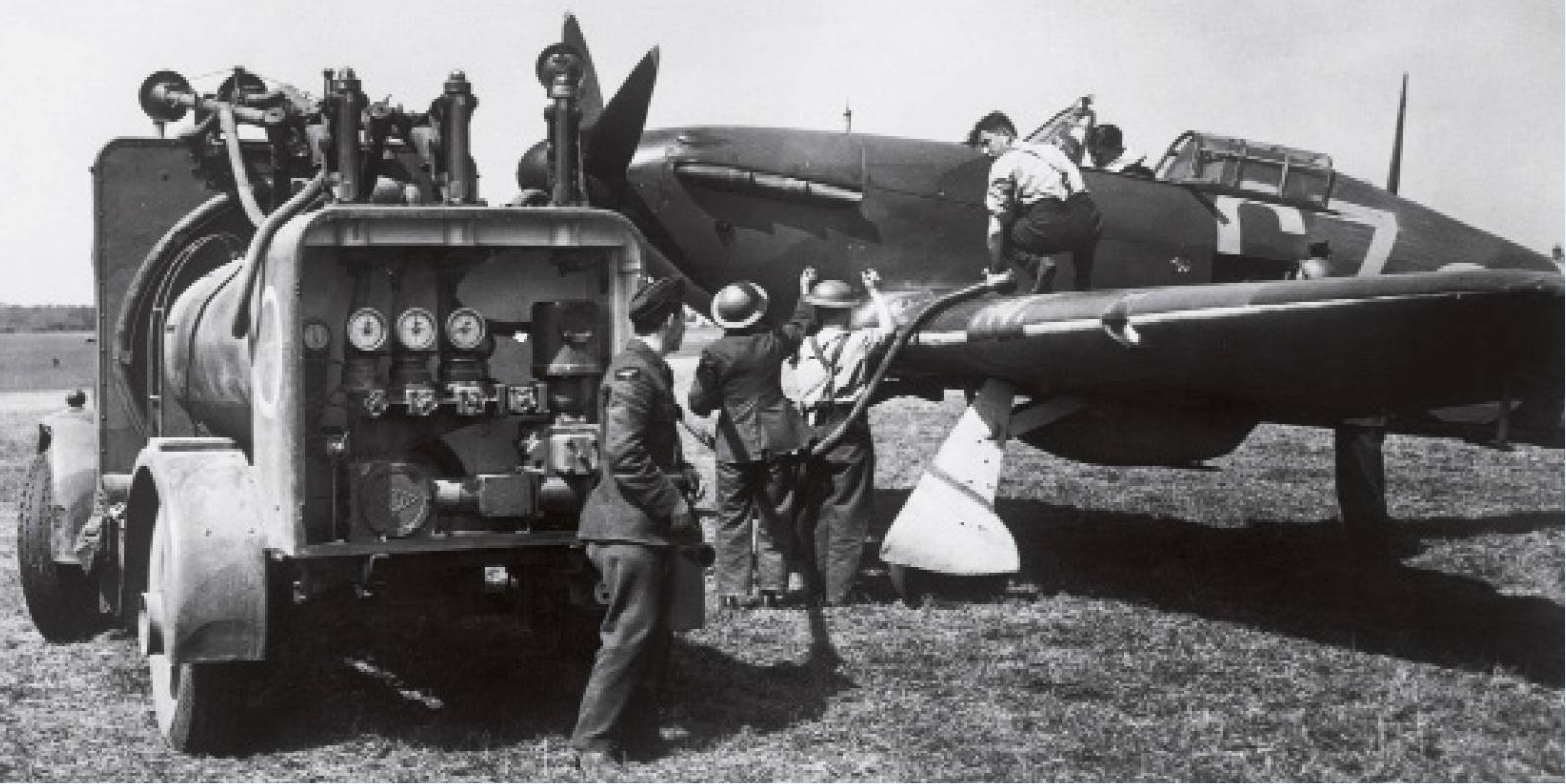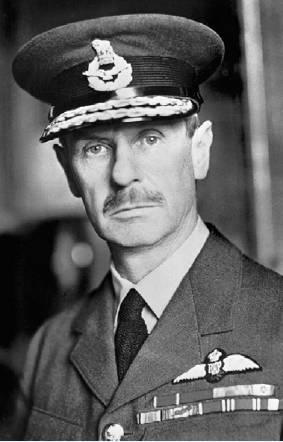Book Reviews
By Alex M Spencer
Purdue University Press, 504 W State Street, West Lafayette, IN 49707-2058, USA. 2020, 307pp. Illustrated. $39.99. ISBN 978-1-55753-940-3.
 Part of the Imperial Gift, a RAAF de Havilland DH9A from Point Cooke. RAeS (NAL).
Part of the Imperial Gift, a RAAF de Havilland DH9A from Point Cooke. RAeS (NAL).
In 1967 the reviewer was fortunate to be selected to travel to New Zealand for a Rotary-sponsored study tour. The flight out, by Qantas 707 then TAA Electra, routed Heathrow - Athens - Tehran - New Delhi - Bangkok - Singapore - Sydney - Auckland and took 40 hours. The cost was a staggering £3,000 in old money. The journey approximated the pre-war air route and the time and distance involved was a forceful reminder of just how far away these outposts of Empire were. In those days the world was not a global village. Thirty years prior to the trip the voyage by air would probably have taken around a week: 50 years after, it takes 24 hours and costs a lot less. It is now easy to overlook how the components of what is now the Commonwealth interacted before the days of the Internet, television and fast and cheap travel.
According to the jacket blurb: ‘British Imperial Air Power examines the air defense of Australia and New Zealand during the interwar period. It also demonstrates the difficulty of applying new military aviation technology to the defense of the global Empire and provides insight into the nature of the political relationship between the Pacific Dominions and Britain’. The spelling of defence will alert the reader to this being an American publication, written by Dr Alex Spencer, curator of British and European military aircraft and flight materiel at the National Air and Space Museum: we are in safe hands.
The book does most of what it says on the jacket and a lot more besides. There is clearly a depth of research and what is noticeable is that the work is flat: in other words there is no discernible bias and no hidden agenda. It is well-written and highly readable, although there is, of necessity, a degree of repetition as the deliberations of successive Imperial Committees of Defence covered much of the same ground year-on-year.
The challenges facing the Empire after WW1 were dramatic. Populations were exhausted and there was no money. Threats were assessed and Japanese long-term ambition was high on the list but assumptions were made that there would no major conflict for ten years. Thus the ten-year rule was borne, arising out of financial review in the UK by Sir Eric Geddes, Minister of Transport. The RAF was lucky to survive the predations of its sister arms and based its case on the mobility of aircraft. The reader is reminded that air mobility, at a time of short-range and relatively unreliable aircraft, depended very much on significant infrastructure – not just aerodromes but locally based personnel, armaments, fuel and other essential stores.
Successive chapters address the immediate post-war years, the early imperial defence schemes, arms limitation, the Empire air routes, development and failure of airships, the Depression, international tension, rearmament and the lead in to WW2. There is an emphasis on the position and role of Singapore as being pivotal to any Pacific Imperial defence scheme and questions of payment for its development as a base and its protection.
Given the lack of funds for air forces, much is made of the post-war ‘Imperial Gift’ of aircraft to the dominions but, while the monetary value of the surplus aircraft was overstated – although of modern design they were otherwise scrap – there is no reference to the supporting materials supplied, which most certainly were not scrap. In 2010 Seb Cox, Head of the Air Historical Branch, made a presentation to the RAF Historical Society on the pre-war dominion air forces in which he made specific reference to the gift to Australia. Remarking that it consisted of a self-contained air force, Cox noted that: “In addition to the aircraft there were 285 motor vehicles, spare aircraft engines, radios, machine tools, photographic equipment, workshop plant, instruments and test apparatus and flying clothing, together with armament including 3,000 bombs, 13 Bessoneau hangars and other aerodrome equipment, as well as spares sufficient for six months’ wastage.”
Although it does not spoil the main narrative, there are several references to the gifted aircraft, and indeed some subsequent acquisitions, as being obsolete. This rather ignored the fact that the RAF in India and the Middle East was operating the Avro 504, Bristol F.2B and DH9A into the 1930s. In 1928 the RAAF was replacing its 504s with locally manufactured DH Cirrus Moths. The impression is given that the air forces only received second-rate aircraft of dated design and construction: for example of the Avro Anson, delivered to Australia in 1937, the author refers to it as “a light liaison/ trainer twin-engine, which was worthless as a combat aircraft.”

